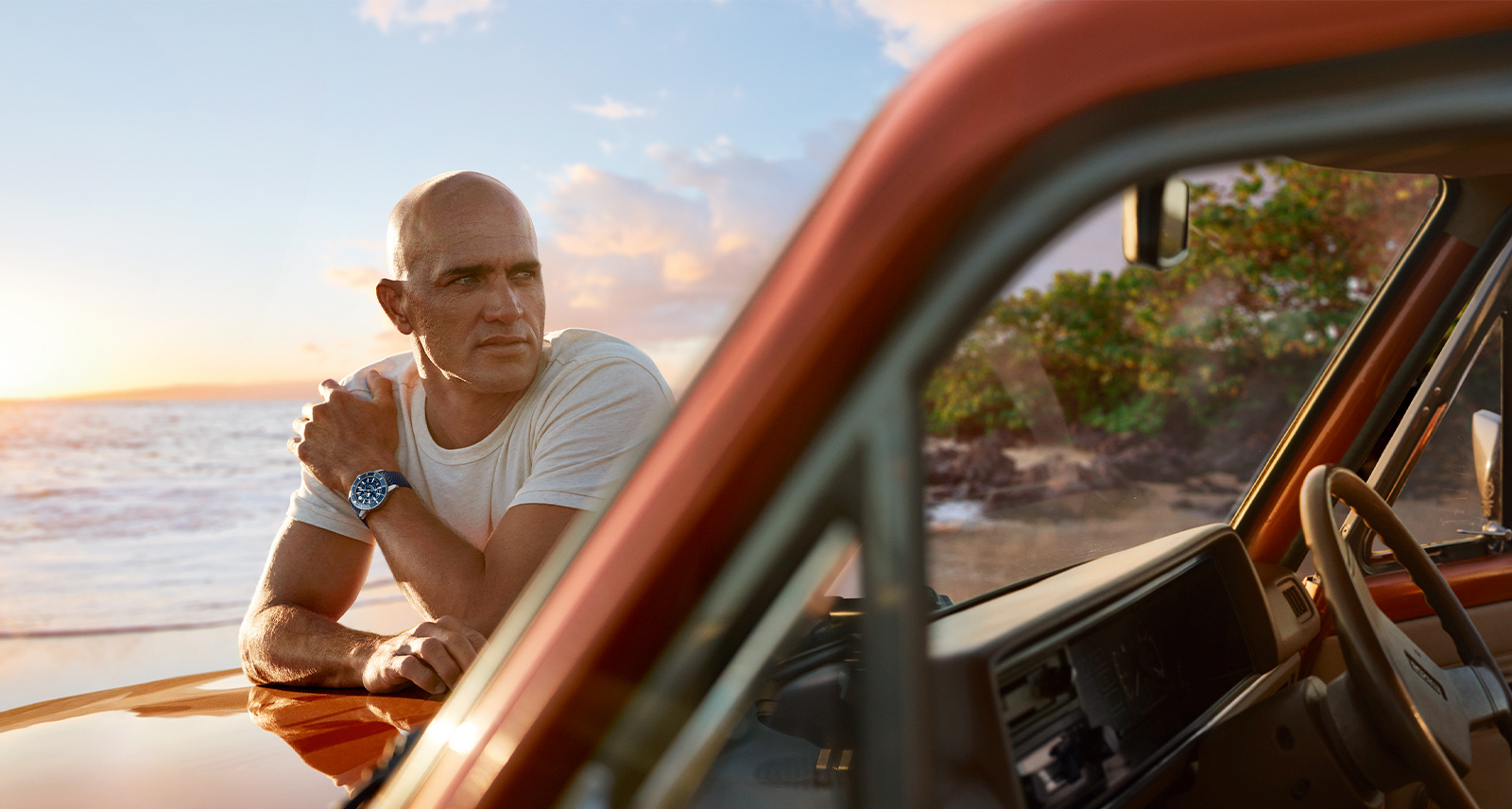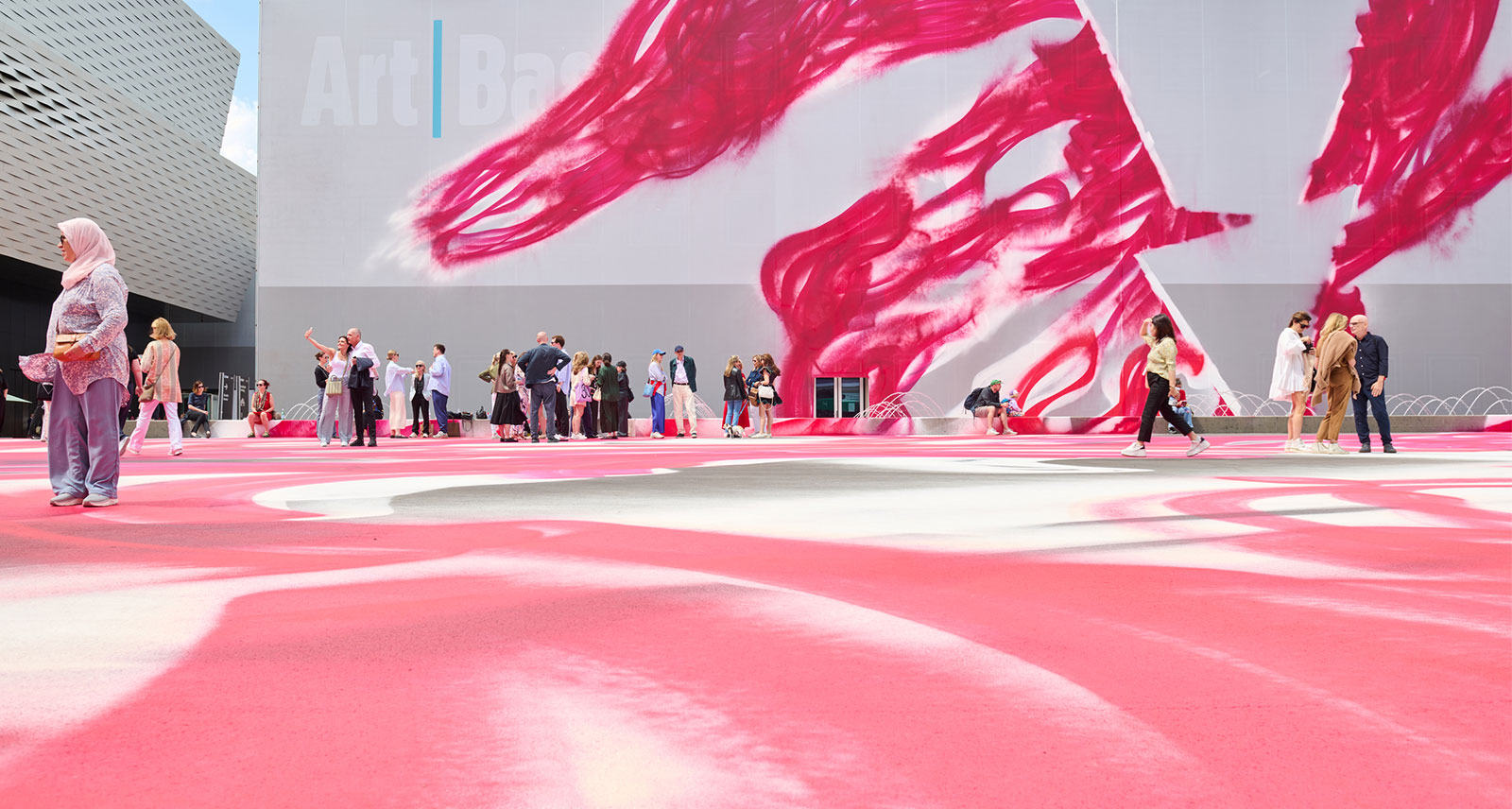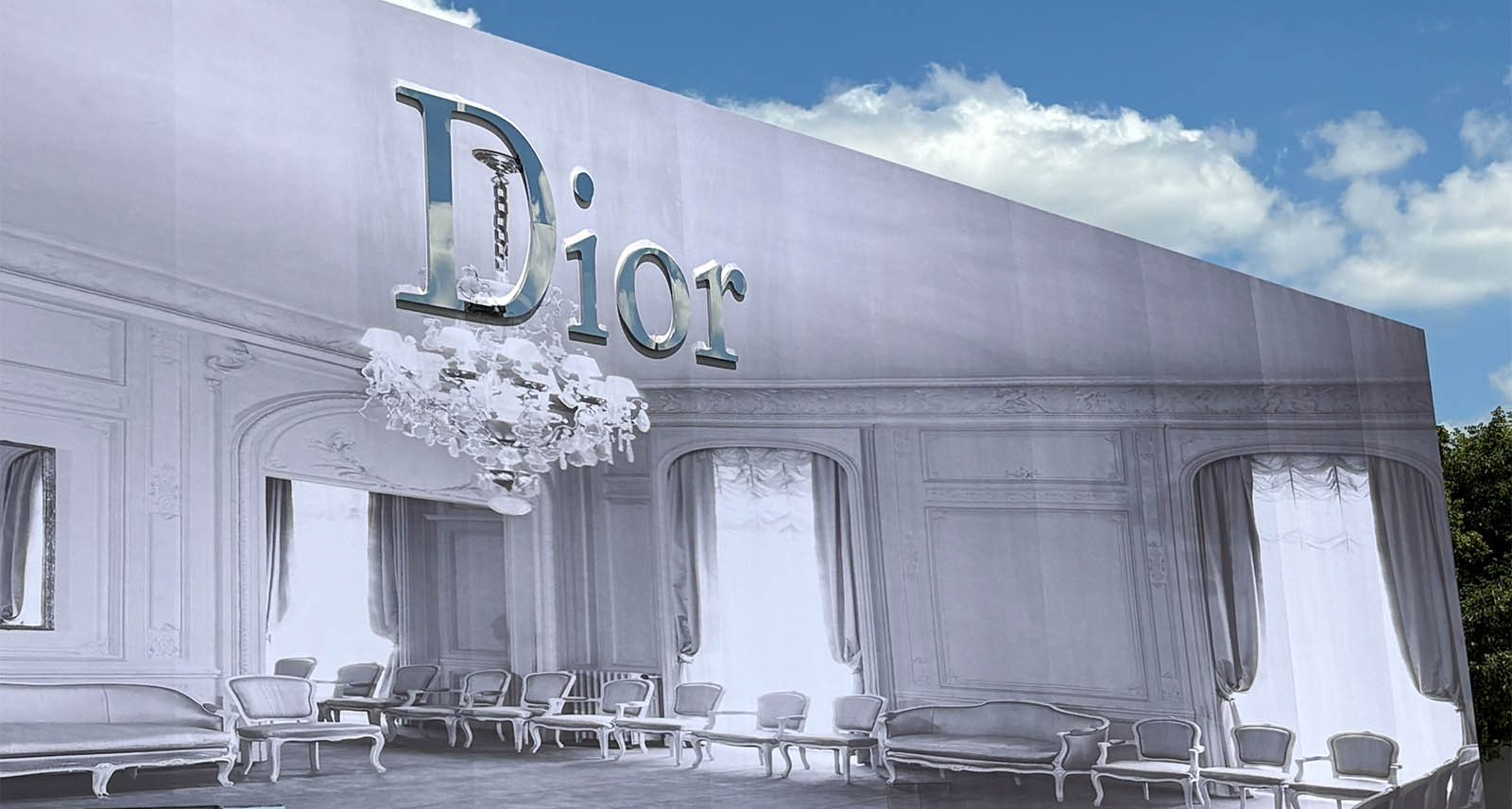How Esports Became a 21st Century Gold Rush
Perched before his high-end PC, Vancouver pro gamer Kurtis “Aui_2000” Ling is inside a clear soundproof booth with his teammates. Across the floor of Seattle’s KeyArena, in a matching enclosure, is rival esports outfit CDEC Gaming from Shanghai. It’s early August 2015, and this annual tournament — The International or “TI” — has over $18 million USD up for grabs. The grand finals in the 18,000-seat venue sold out in minutes, and on day two, a DDoS attack delayed play several hours, further amping up the tension and excitement.
“There’s thousands of people outside and you can’t make out what they’re saying, but you can feel it. Like, you can feel the vibration of the crowd cheering,” Ling recalls. “The booths, as good as they are, they don’t block out everything. It’s funny, sometimes the crowd will get really excited and you’re like, ‘Oh, I’m about to die!’ You’re trying to keep your cool and play your game, but it’s just all around you and it’s electric.”
“And if you win a game on that main stage, there’s nothing like it,” says the only Canadian to do so, smiling at the sense-memory of his then-team Evil Genius’s victory, or perhaps his cut of the $6.6 million USD prize. “When you step out of the booth, it’s just an explosion.”
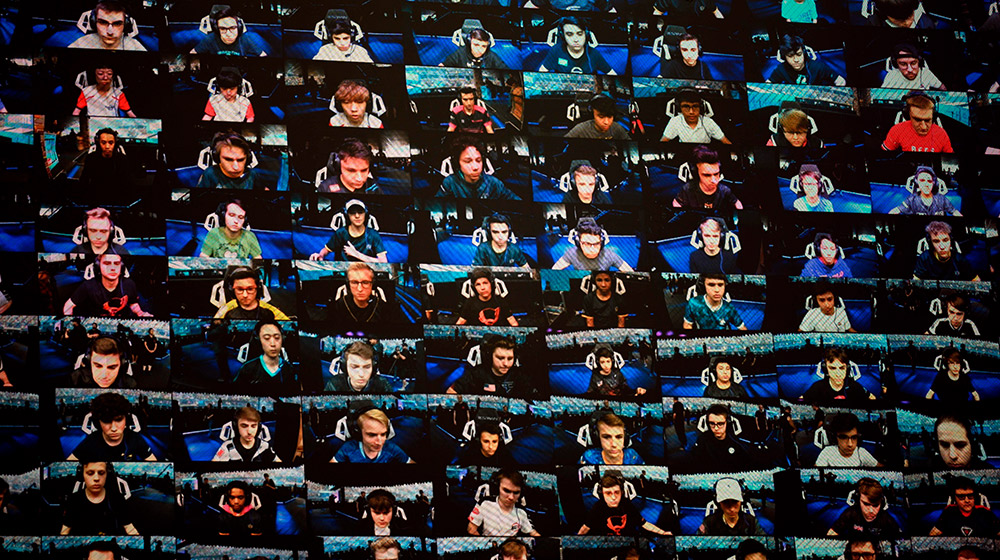
The venue, since renamed the Climate Pledge Arena, will soon be home to the NHL’s latest expansion, the Seattle Kraken. Everyone’s heard of hockey, but what about Dota 2, the game Ling was playing?
While Fortnite is a pop-cult phenomenon — the 100-person “battle royale” shooter claims more than 350 million players — Dota 2 remains a relative obscurity with 7.7 million monthly players. A 2013 sequel to Defense of the Ancients, an official version of a community-made Warcraft III mod, it’s one of the primary games in professional competition, alongside more mainstream bestsellers like Call of Duty, Super Smash Bros., League of Legends, and Overwatch.
But it boasts the biggest take-home — according to tracking site Esports Earnings, 29 of the top 30 pro gamers play Dota 2, with one $3 million-making Fortnite player breaking the streak. (This is due to the game’s unique fan-inflated prize pools, which have already pushed next August’s The International above $40 million. Others, like Overwatch League — which adopted a traditional sport’s city-team model, including Vancouver Titans and Toronto Defiant — offset lower winnings with salaries and benefits.)
Currently on a break from competing and coaching, Ling is 28th on the all-time earners list with just over $2 million, which, he shrugs, “sounds about right.” No wonder his parents weren’t upset when he abandoned studying sociology at UBC to go pro. But even though the global esports industry has exploded in recent years, with audiences tripling between 2012 and 2019 to an estimated 433 million worldwide, Ling is more circumspect. “You have to get really, really good and really lucky. It’s not easy.” he says. “Most people, I wouldn’t tell them to pursue this as a career option.”
The COVID-19 pandemic, of course, has disrupted the whole industry, albeit less than traditional sports, as in-person competition transitioned online and, for a few months, was the only game in town. In fact, Newzoo’s Global Esports Market Report found revenues actually grew to $1.1 billion in 2020, up 15.7 per cent year over year, with the total audience climbing 11.7 per cent to 495 million people.
Pro leagues are slowly readying a return to “offline” competition — beginning with the Dota 2 Singapore Major in late March — four decades after the first official videogame competition saw 10,000 arcade wizards facing off in Atari’s National Space Invaders Championship in 1980. Nine years later, The Wonder Years’ Fred Savage starred in The Wizard, an actual movie about kids running away to compete in a Super Mario 3 tournament.
The Japanese gamemaker would also prove an undeniable attraction to Menashe Kestenbaum, a rabbi turned impresario whose Enthusiast Gaming empire began as a Nintendo fan blog. It now boasts 300 million unique visitors and 4.2 billion pageviews monthly for its media wing, as well as an events business and an esports division with seven teams, including the Vancouver Titans.
Kestenbaum, who comes from a family of Jewish day-school rabbis, initially followed the same path: he moved to Jerusalem to study in a theology yeshiva and then teach. “But secretly, all along,” he says, “I was a huge gamer.” Or not so secretly, considering he’d been contributing to IGN, the world’s biggest gaming news site, since he was 13.
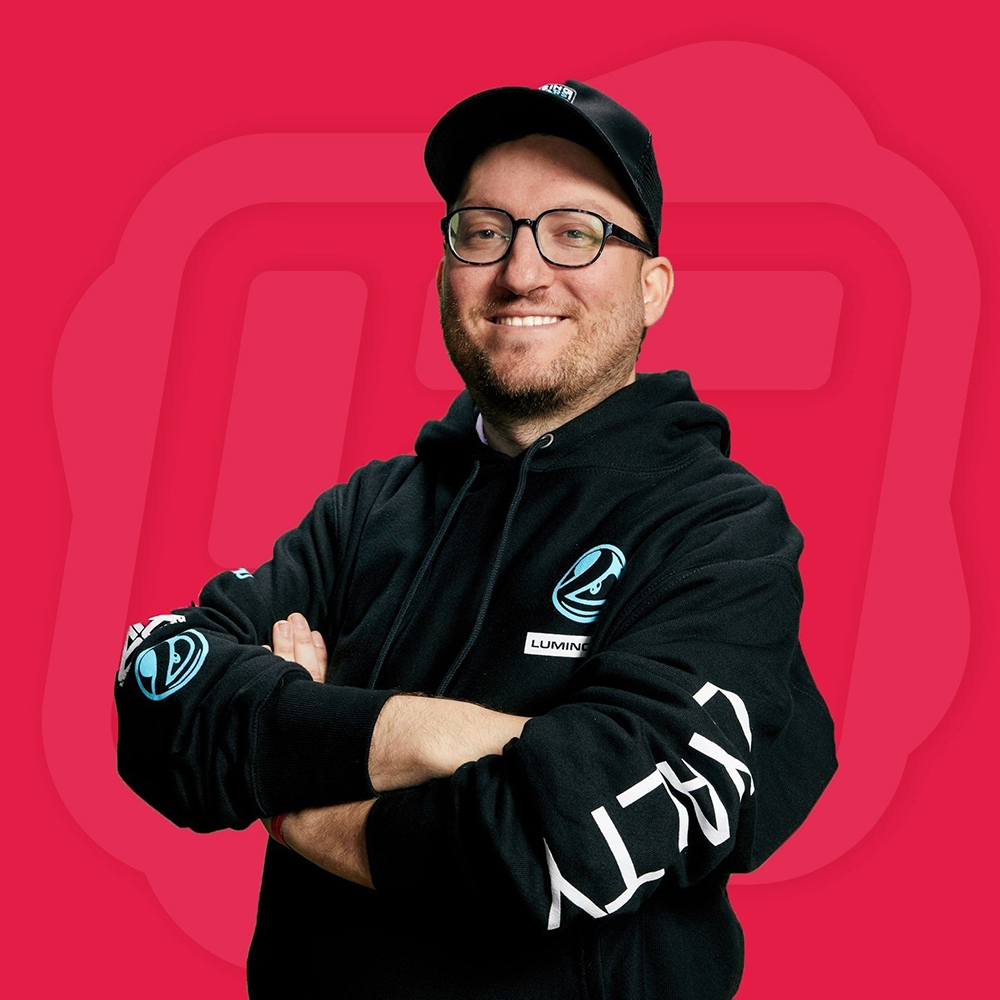
Then, in 2011, Kestenbaum launched his Nintendo Enthusiast blog, which “quickly blew up.” Soon, he was bringing on other writers, growing forum communities, and attracting advertisers. Once he reached a million people a month, Kestenbaum figured, “there must be a way to monetize this so I can make a full-time living.”
Returning to his hometown of Toronto in 2013, he started throwing gamer nights at a pub to pay his bills, which turned into LAN parties with gamers battling on networked computers and, eventually, conventions like the annual Enthusiast Gaming Live Expo. Known as EGLX, the event grew from 1,700 attendees in 2015 to 30,000 in 2019; 2020’s online edition reached 12 million.
After Enthusiast Gaming went public in 2018, Kestenbaum’s investment bank suggested expanding into esports. “They said, ‘Look, the Aquilini family is one of the most respected families in Canada, it’s worth $10 billion, and they are getting involved heavily in esports right now.’” Already owners of the Vancouver Canucks and Rogers Arena, they’d launched Aquilini GameCo to acquire esports org Luminosity Gaming, which was merged with Enthusiast in 2019.
The impact was immediate, says Kestenbaum. Sponsors and advertisers started taking esports seriously, with traditional sports team owners snapping up franchises. Investors matched a surge in attendance numbers — like those of the 2018 League of Legends World Championship, which attracted 99.6 million viewers, rivalling the Super Bowl.
But the industry was evolving even pre-pandemic, with American outfits like FaZe Clan and 100 Thieves, which double as lifestyle brands, repping a “second wave,” says Kestenbaum. “Esports nowadays is not just about competitive gaming. It’s about building communities around personalities. So, we do have a lot of teams — we compete in Call of Duty, Overwatch, Valorant, Fortnite, Madden, Super Smash, and Apex Legends — but we focus more on the content creators.”
Speaking of: Canada’s most famous content creators are also into esports. After Drake broke Twitch records in 2018 when 628,000 people streamed his Fortnite session with Luminosity alum Tyler “Ninja” Blevins, the Toronto rapper became a co-owner of 100 Thieves. (Other boldface investors range from Post Malone, Ashton Kutcher, and Pusha T to David Beckham, Steph Curry, and Michael Jordan.)
The Weeknd similarly bought into OverActive Media, which owns Toronto Defiant of Overwatch League and Toronto Ultra of Call of Duty League, as well as several European teams and a live events division.
“There’s a magnet from gaming and esports to celebrities who want to be associated with things that are cool, and obviously we benefit from having cool people associated with us as well,” explains Adam Adamou, who ditched his career in venture capital and investment banking to co-found OverActive after his kids showed him a televised match. “The demand is coming from the celebrities who want to be involved and, by and large, artists like The Weeknd are passionate about a game — in his case, Call of Duty.”
Now chief strategy officer, Adamou points out that OverActive’s celeb investors, which include Maple Leafs star Mitch Marner, are not pitchmen but part of the “ownership group.” Paying for their shares gives them skin in the game, making it in their best interest to help secure long-term success. “He’s a partner of ours, as opposed to a client. Let’s not confuse being an influencer with being a shareholder.”
No doubt The Weeknd is happy with that too. OverActive has announced that its $500 million, 7,000-seat esports arena in Toronto’s Exhibition Place is set to open in 2025. Designed by architecture firm Populous, the ultra-futuristic concept looks like a valet-parked spaceship. Toronto Defiant’s Andreas “Logix” Berghmans predicts his future field “could very well become the hub of all big esports events in Canada.”

While many of the planned 200-plus annual events will be concerts or other performances that prefer a purpose-built venue with better sound and sightlines than a hockey arena’s, giving esports top billing sends a message that it’s finally emerged as a true competitor to traditional sports. One that will only grow, Adamou says, considering the average age of the esports audience is 23, or less than half that of an average hockey or football fan. “We want to build this for tomorrow’s generation.”
Esports, of course, have long been touted as the next big thing, an invariably precarious position. But the esports bubble has already burst, says Matt Levitan, co-owner of Press Start Marketing, which has repped EGLX events and WorldGaming Network (WGN).
“I sat on a lot of investment panels and it was really difficult to listen to the [same] message about how big gaming was when I started in gaming in 1995,” he says. “It’s been out of the basement for quite some time now.”
That narrative attracted big-name sponsors and Bay Street investors, sending stocks surging, but started to deflate even before COVID — and for the better, as the remaining stalwarts are letting the industry grow as the audience ages up. Cineplex sold WGN last year, for example, but it found a more suitable home with collegiate platform CSL Esports.
“The bankers are starting to leave the building; they’re already figuring out what the next big thing is on the rise,” Levitan says of the quick-buck carpetbaggers. “Because this isn’t on the rise — the teams are big, the stakes are high, the players are professional, and these are real leagues. The story for you is that it’s not going to go away. Esports will continue to thrive because the true top of the pyramid is the gamers themselves that love to compete.”
Traditional sports aren’t going away either. But they’re a little like rock music to esports’s hip hop — not an out-there analogy given both were dismissed as youth fads and succeeded by abandoning rulebooks: rap used mixtapes when radio was out of reach, just like esports adopted video-streamer Twitch over television. Now, the monopoly on professional competition and spectator sports is breaking up, and is already gone in Asia, where gaming tournaments fill arenas and stadiums.
We’re still some years away from that in North America, but the map’s been laid out — and if pro gamers know anything, it’s how to win a map.
Lead image courtesy of OverActive



